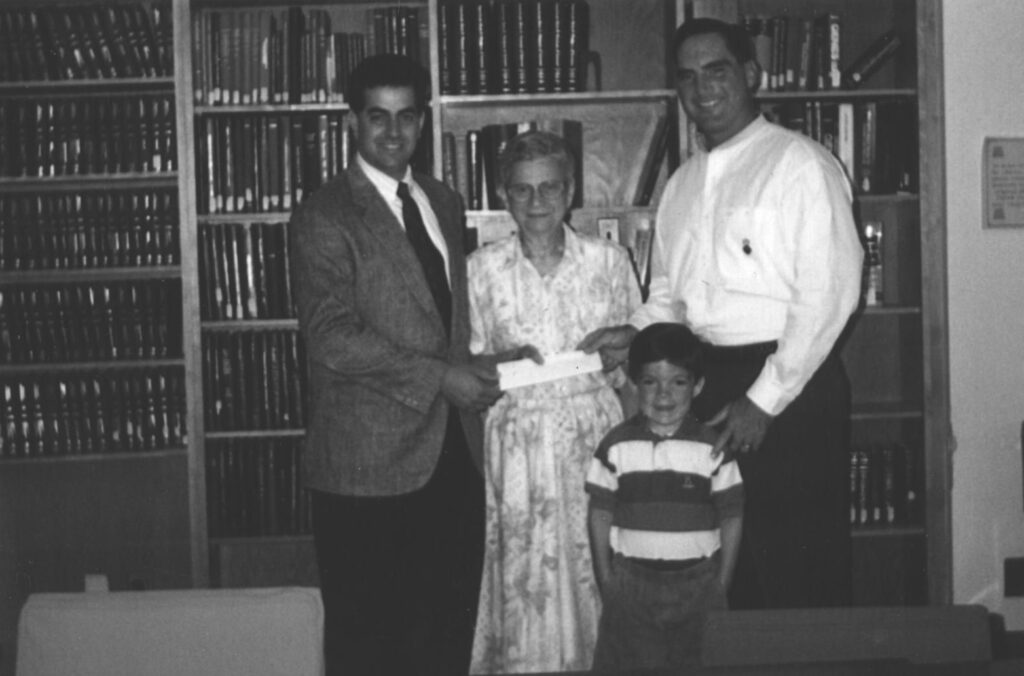
In the early days of his career, a young scientist named Emil Kakkis found himself deep in the world of academic research, working with the renowned Dr. Elizabeth Neufeld. Their focus was on a rare genetic disease, MPS I, caused by a missing enzyme. With dedication, he and Dr. Neufeld managed a breakthrough: they produced the enzyme and successfully treated dogs with MPS I. Yet, despite this progress, there was no clear pathway to bring the treatment to human patients. The project, on the verge of being shelved, seemed destined to become another entry in a scientific journal, rather than a life-altering therapy.
Then, at a critical moment, he met Mark and Jeanne Dant, who introduced him to their five-year-old son, Ryan, who was living with MPS I. “At that moment, the science became real,” said Dr. Kakkis. “It became personal, not just academic.”
What followed was a hard-fought journey, powered by donations and dreams. Over time, their project gathered momentum, ultimately capturing the attention of biotech company BioMarin. Thanks to their backing, the therapy reached the finish line, and on February 13, 1998—what would become Ryan’s “lucky day”—he received the first enzyme replacement therapy (ERT). It was a treatment that would not only change his life but would allow him to thrive: Ryan grew up, got his driver’s license, graduated from high school, went to college, and eventually married. Today, 26 years later, Ryan still benefits from that very therapy.
Inspired by this success, Dr. Kakkis’s mission took on new life. At BioMarin, he pursued treatments for other MPS disorders, such as MPS VI, which included collaborating with Dr. Hopwood to develop Naglazyme after overcoming significant manufacturing challenges. Next, they worked on Vimizim for Morquio, pushing past initial beliefs that the disease was limited to bones to address its effects throughout the body. Later, at Ultragenyx, he led efforts to produce Mepsevii for MPS VII and saw it approved. Most recently, his team at Ultragenyx took on a gene therapy project for MPS IIIA from Abeona, moving the therapy toward a potential FDA approval that could offer the first treatment for Sanfilippo syndrome.
“Witnessing the transformation of the MPS Society from one of pure patient support to one of treatment access and policy has been exciting to see,” said Dr. Kakkis, “Now the next phase could bring more decisive single treatments for MPS diseases, and more hope for untreated families to finally be treated for the first time.”

Do you have MPS or ML, or know someone who does? Do you want to share your story? Click here to fill out a submission form for an opportunity to be featured on our blog.